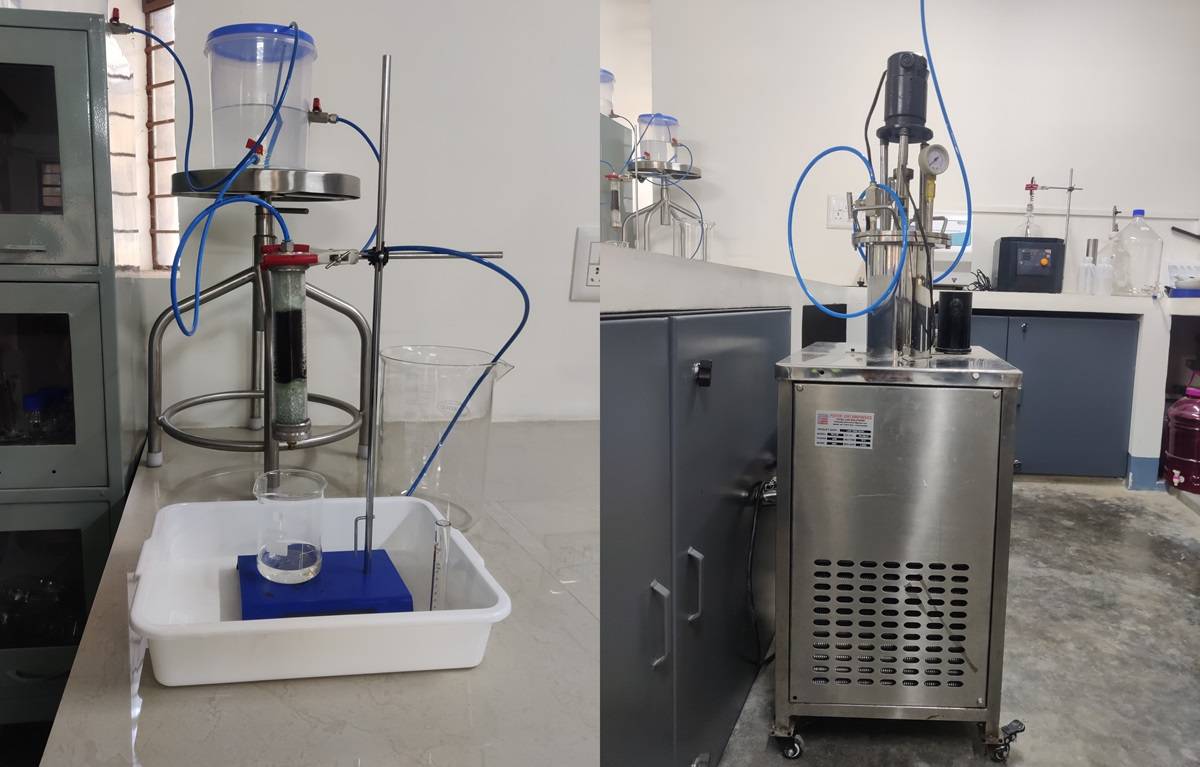
Researchers at the Centre for Sustainable Technologies (CST), Indian Institute of Science (IISc), have devised an innovative process for eliminating heavy metal contaminants, specifically arsenic, from groundwater. This novel, three-step remediation method, which is pending a patent, not only effectively removes arsenic but also ensures environmentally safe disposal of the extracted contaminants, avoiding the re-entry of untreated heavy metals into groundwater from landfills.
"In existing technologies, while arsenic can be removed to provide clean water, managing the removed arsenic to prevent its return to the environment is often neglected. Our process addresses this crucial gap," explains Yagnaseni Roy, Assistant Professor at CST, who led the development of this innovative method.
Recent data indicates that arsenic levels in 113 districts across 21 states in India exceed the permissible limit of 0.01 mg per liter, and fluoride levels in 223 districts across 23 states surpass the limit of 1.5 mg per liter, as set by the Bureau of Indian Standards and the World Health Organization (WHO). These contaminants pose significant health risks to both humans and animals, underscoring the need for effective removal and disposal solutions.
The IISc team's process begins with passing contaminated water through a bed of biodegradable adsorbent composed of chitosan, derived from crustaceans, and doped with bimetallic (Fe and Al) hydroxide/oxyhydroxide. These adsorbent captures toxic inorganic arsenic through electrostatic forces and complex formation. A key innovation is the recycling of the alkaline wash used to regenerate the adsorbent bed.
In the second step, the alkaline wash solution, which contains sodium hydroxide and arsenic, is processed through a membrane system to separate the two components. The sodium hydroxide solution is recycled to regenerate the adsorbent bed, while the concentrated arsenic is prepared for the final bioremediation step.
During bioremediation, microbes from cow dung convert the toxic inorganic arsenic into low-toxicity organic arsenic through methylation, reducing its toxicity to levels below WHO standards within eight days. The resulting cow dung sludge, now containing organic arsenic, can be safely disposed of in landfills without environmental harm.
"These organic arsenic species are, on average, 50 times less toxic than the inorganic forms found in groundwater," notes Roy.
The process is versatile and can be adapted to remove fluoride by altering the final step to precipitate calcium fluoride, a compound with very low water solubility. Roy's team is also exploring the feasibility of applying this system to other heavy metals.
This innovative method from IISc represents a significant advancement in the field of water purification, offering a sustainable and comprehensive solution for managing heavy metal contamination in groundwater.
(Data Source: IISc)
















